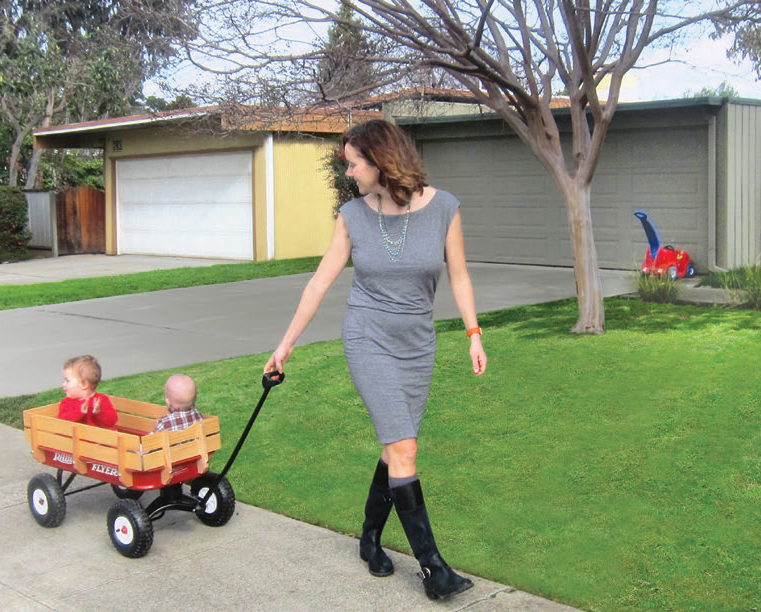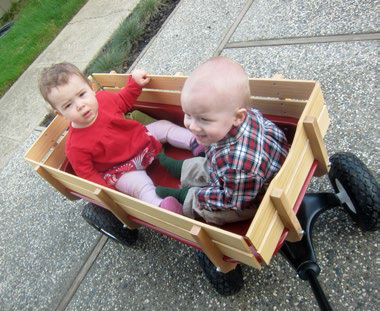Morepark on the Move
 |
 |
 |
|
|
For good or for ill, Silicon Valley has been proclaimed one of the most competitive places on earth. There, America's smartest people battle to come up with the brightest ideas, earn the highest salaries, send their kids to the top kindergartens, and move into the finest homes in the best neighborhoods.
Karina and Todd Marshall, newcomers to California, learned how competitive home buying could be when they began chasing down an Eichler in a small San Jose subdivision. "The first house we tried, we were the lowest of 14 offers," Karina recalls, saying they worried, "We can't play this game!"
The Marshalls did eventually buy a home in the tract—named by Eichler 'Morepark'—after their real estate broker sent letters of inquiry to homeowners there. Also successful in buying were Keith and Megan Blaine, Jessica Endlich and Mark Winkler, and Elyse Frisch and Dan Swiney.
"They all went to the same open houses," says Susan Price-Jang, a longtime community activist who has lived in the neighborhood since 1986. The tract is in the Rose Glen neighborhood, adjacent to San Jose City College.
Some came to the tract because it was less expensive than Eichlers in San Jose's Willow Glen area, says Jody Lavallee, who moved in with her husband Jeff and daughter Vivian. "We were not so excited about this neighborhood, but we wanted the house," she says.
Keith and Megan put in five offers for Eichlers in Rose Glen—and were beaten out by the Marshalls on one prized model. Elyse and Dan had a similar experience.
"We were searching for an Eichler," Elyse says. "Mark and Jessica got ours first."
The battle was brutal indeed—but it ended peacefully. "We were all bidding against each other," Keith Blaine says, "and then we became friends."
"We're all enjoying each other's company, and we keep our eyes out for each other," Jody Lavallee adds.
The compact neighborhood of 89 compact homes these young families sought out so eagerly doesn't fit the image of your typical, Silicon Valley Eichler tract. The homes were built from 1951 to 1953, early in Joe Eichler's career, and some passersby don't even recognize them as Eichlers.
They're smaller than later Eichlers and simpler in plan and in feeling, really suggesting, as later Eichlers do not, the compact homes designed in the post-World War II years, by such progressive architects as Joseph Allen Stein, that were meant to be endlessly replicable, low-cost 'social' housing.
It is also a neighborhood that has seen rough times, says Price-Jang. She recalls decades ago when several houses were used by drug dealers. She would watch buyers arrive, and jotted down their license plate numbers.
One dealer complained. "He said, 'I'm only selling baseball cards,'" she recalls.




